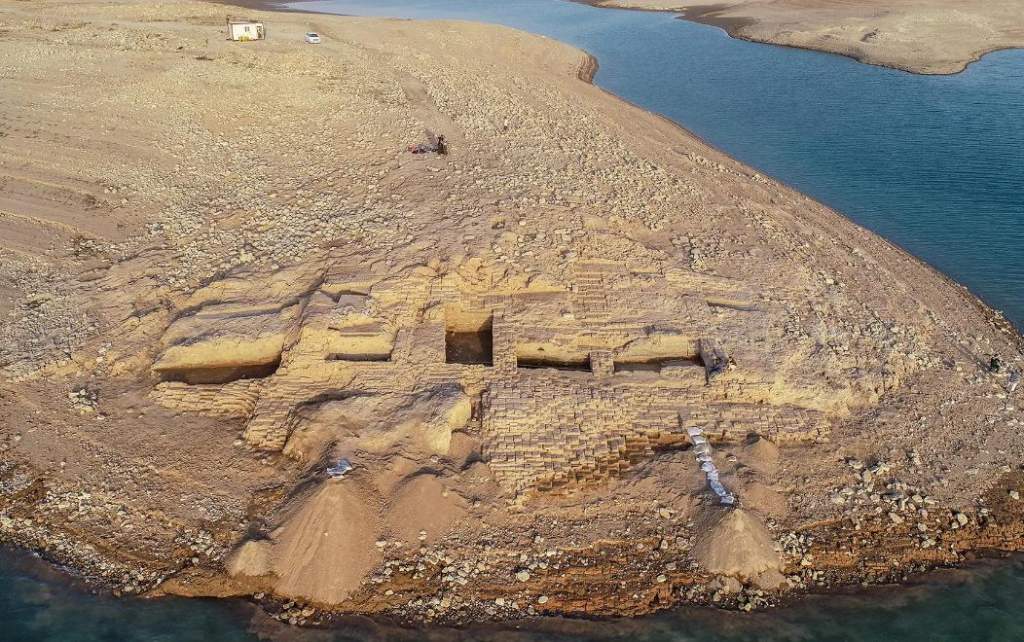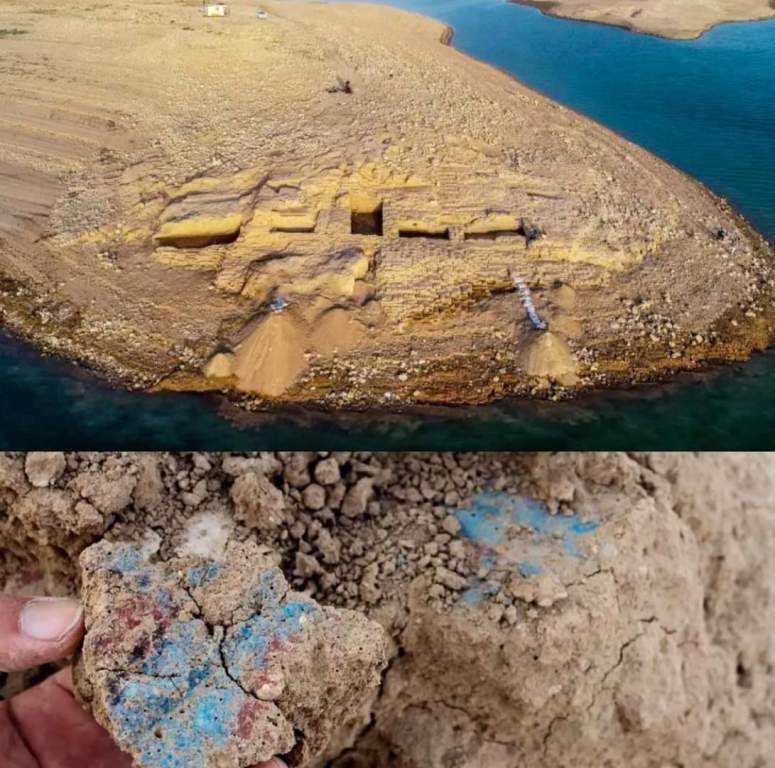The Mittani Empire, which ruled over most of northern Mesopotamia and Syria from the fifteenth to the fourteenth centuries BCE, is when the site of Kemune was established. In the fall of 2018, the receding waters of the Tigris River revealed the ruins of an ancient palace in Iraqi Kurdistan. On the eastern bank of the Tigris in the province of Duhok, the Bronze Age palace first appeared. It is now a part of Kemune.
The Mittani Empire is one of the least-studied kingdoms in the Ancient Near East. According to Akkadian cuneiform writings discovered at the modern-day Egyptian site of Tell el-Amarna, the Mittani rulers had equal relations with the Egyptian pharaohs as well as the kings of Hatti and Babylonia. It is documented that Pharaoh Amenophis III received his daughter’s hand in marriage from the Mittani ruler Tushratta.
The palace ruins are preserved to a height of around seven meters. Two phases of usage are discernible, showing that the structure has been in use for a long time. The finding was made possible by a collaborative effort between German and Kurdish archeologists from the University of Tübingen, the Kurdistan Archaeology Organization, and the Duhok Directorate of Antiquities. There were identified chambers with plastered walls and thick mud brick walls, some rising to a height of almost 6 feet. Dr. Ivana Puljiz observed that the palace had murals with vibrant colors of red and blue.
The remains are roughly twenty-three feet tall and are perched on a terrace with a view of the Tigris Valley. During the 15th and 14th centuries BC, the location was a part of the Mittani empire, which ruled over sections of present-day Iraq and Syria. The Mittani empire stretched from the eastern Mediterranean coast eastward to the east of modern-day northern Iraq.
Read More: The Ancient Skipness Castle of Scotland








